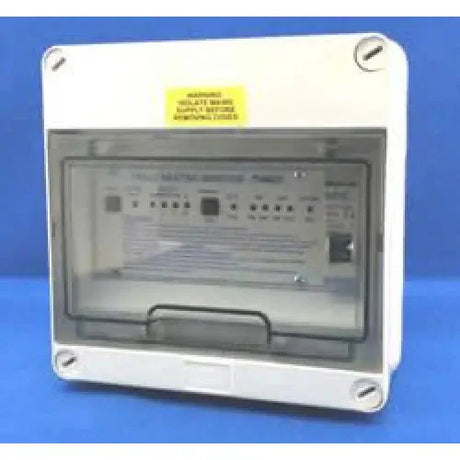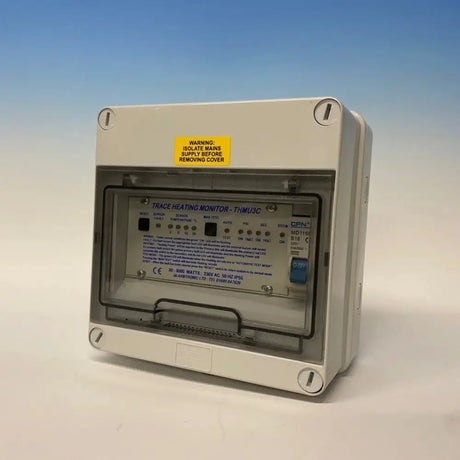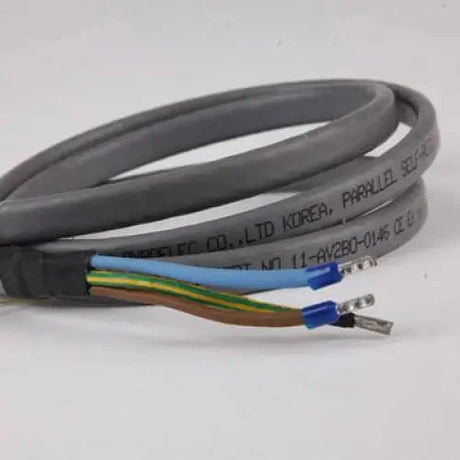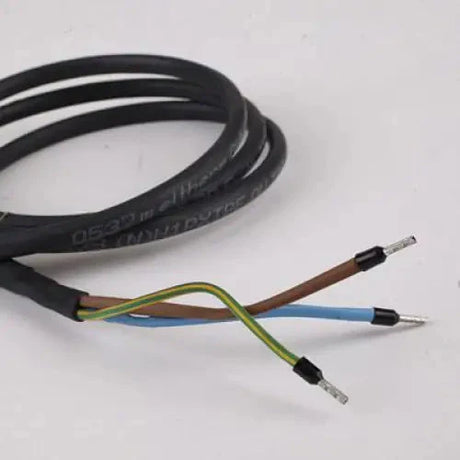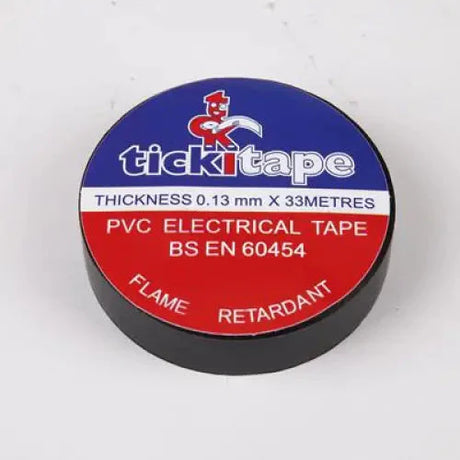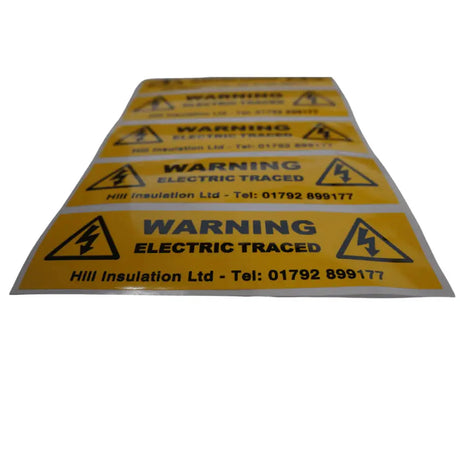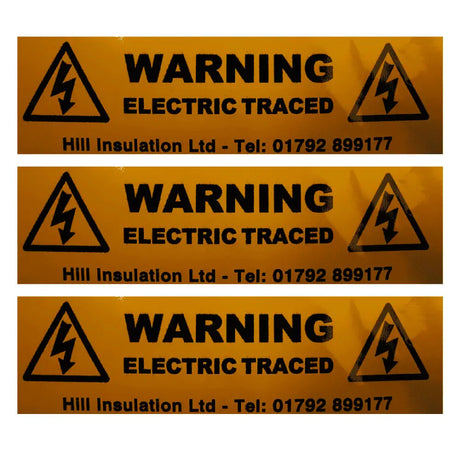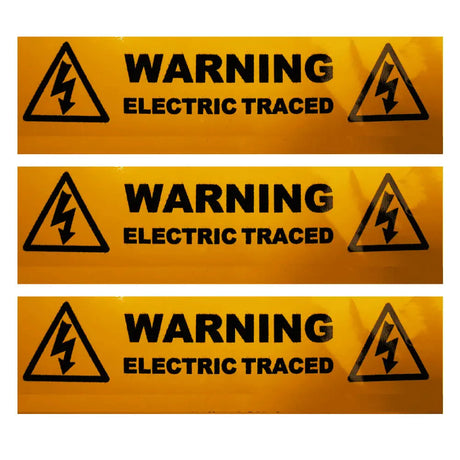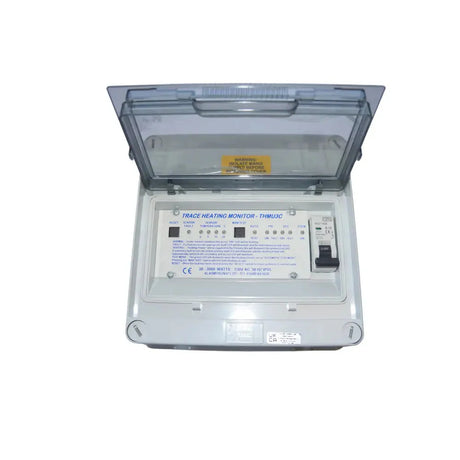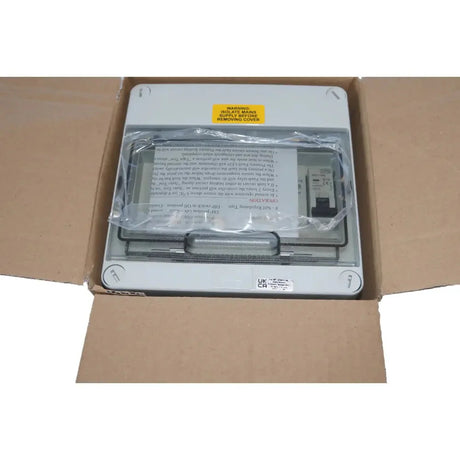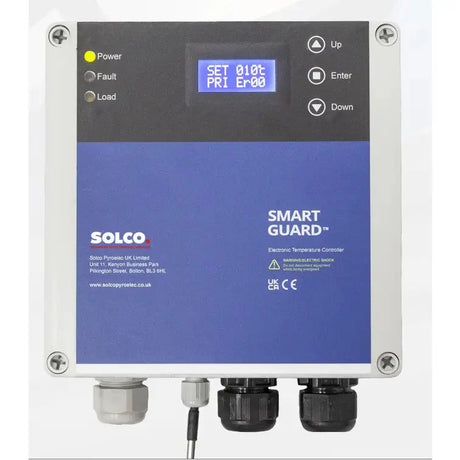Trace heating is a crucial form of temperature maintenance in industrial and commercial settings. It involves the application of a heat source along pipes, vessels, or other equipment to maintain specific temperature conditions. Among the various types of trace heating, constant wattage heating systems represent a reliable and straightforward solution. In this article, we’ll delve into the specifics of constant wattage trace heating, its design intricacies, and the wide range of applications it suits.
Exploring the Basics of Trace Heating
Trace heating, also known as heat tracing, is used to counteract the heat loss from equipment and piping systems. In climates that reach freezing temperatures, or in processes that require precise temperature control, trace heating is essential. The consistent heat provided by these systems helps to prevent freezing, maintain fluidity, and ensure product consistency.
What is Constant Wattage Heating?
Constant wattage heating is a tracing system where the heating element emits a fixed amount of heat per unit length, regardless of the surrounding temperature. Unlike self-regulating systems, the heat output of constant wattage cables does not change with temperature, making them ideal for applications that require steady thermal output. They are simplified solutions that can be found in the range of trace heating systems we offer.
Designing a Constant Wattage Heating System
Designing a constant wattage system requires a good understanding of the application's specific heating needs, environmental factors, and energy efficiency goals. The right design ensures optimal performance and longevity of the system.
Key Components of Constant Wattage Systems
Central to constant wattage systems are heating cables. These cables consist of a resistive heating element, an insulation layer, and outer jackets that protect against environmental damage. Other components include trace heating boxes for electrical connections, trace heating fixings and accessories for secure installation, and control systems to regulate temperature.
How Constant Wattage Cables Work
The resistive element in constant wattage cables converts electricity directly into heat at a consistent rate. This simplicity offers several advantages, including the ability to cut to length in the field and easier predictability of the heating output. Installation often includes adhesives or adhesive glue tape for pipe and duct lagging to attach the cables to the pipes or equipment.
Selecting the Right Wattage for Your Needs
Determining the right wattage of a constant wattage system is pivotal. It depends on various factors such as the minimum ambient temperature, thermal insulation used, pipe material and diameter, and the required maintain temperature. It is important to carefully calculate the required wattage to avoid underheating or energy waste.
Practical Applications of Constant Wattage Heating
Constant wattage heating is versatile, serving in a multitude of settings. Here are some specific areas where constant wattage trace heating shows its full potential.
Industrial Uses for Temperature Maintenance
In industries where process temperatures are critical, constant wattage systems offer reliable solutions. They are used in maintaining process temperatures for pipelines carrying viscous substances like heavy oils, as they require consistent levels of heat to flow properly.
Commercial Applications for Thermal Management
Beyond industrial applications, constant wattage heating is also used in the commercial sector. Rooftop systems prevent ice dams or help maintain the temperature of hot water lines. Commercial kitchens and refrigeration units also depend on trace heating to prevent piping issues and ensure smooth operations.
Benefits of Constant Wattage Systems
Implementing a constant wattage heating system comes with several advantages. Let’s highlight some of these benefits and understand what makes these systems favorable.
Energy Efficiency and Cost-Effectiveness
While constant wattage systems are 'always on' at a set output, they can be energy efficient when used with thermostatic controls. Modern systems can be connected to temperature sensors that activate the system only when required, offering a balance between efficiency and performance.
Reliability in Extreme Conditions
One of the strongest selling points for constant wattage systems is their reliability, especially in extreme conditions. Designed to withstand harsh environments, they deliver consistent heating without the need for temperature-based adjustments.
Installation Considerations
Proper installation is essential for the optimal performance of constant wattage heating systems. Here are some considerations to ensure a successful installation.
Preparing for Installation
The preparation phase includes selecting the correct type of heating cable, assessing the application environment, and acquiring all necessary components. It’s also essential to choose the right type of insulation, such as polyurethane insulation, and to consider the use of a vapour barrier to protect against moisture.
Step-by-Step Guide on Installing Constant Wattage Heating
A typical installation process involves measuring and cutting the heating cable, attaching it to the piping using suitable fixings, and connecting it to the control system and power supply. Special attention should be given to making waterproof electrical connections, which may require specific mastics, sealants, or coatings.
Maintenance and Safety Tips
Once a constant wattage system is installed, maintenance is relatively straightforward but important for ensuring longevity and safety.
Routine Checks and Maintenance
Regular maintenance includes inspecting the system for any physical damage, ensuring all connections are secure, and verifying that control systems function properly. It's always recommended to follow a maintenance schedule provided by the system's manufacturer.
Safety Protocols for Constant Wattage Systems
Safety is paramount when dealing with electrical heating systems. This involves ensuring electrical connections are secure, the proper use of EPDM adhesives for environmental sealing, and adherence to any local codes or standards.
Comparing Constant Wattage to Self-Regulating Systems
When choosing a trace heating system, it is vital to understand the differences between available options. Constant wattage and self-regulating systems serve different needs.
Difference in Mechanisms
While a constant wattage system delivers the same amount of power regardless of the temperature, a self-regulating system adjusts its output based on the surrounding temperatures. In-depth explanations of their mechanisms are covered in blogs discussing electrical trace heating.
When to Choose Constant Wattage over Self-Regulating
Constant wattage systems are often chosen for their simplicity and reliability in applications where temperature does not vary widely. They might also be preferred due to lower initial costs. Conversely, more detailed discussions on selecting appropriate systems are available, including comparisons of self-regulating trace heating.
Common Misconceptions about Constant Wattage Heating
It's easy to encounter myths regarding constant wattage heating. Dispelling such misconceptions is essential to make informed decisions.
Debunking Myths Around Energy Consumption
While it's commonly believed that constant wattage systems are less energy efficient due to constant power output, the truth is that when paired with the right controls, they can be quite efficient. Modern advancements have allowed these systems to reduce energy consumption significantly.
Longevity and Durability Myths Addressed
Another misconception is that constant wattage heating cables are less durable than other types. In reality, with proper installation and maintenance, they can have a long operational lifespan.
Future of Constant Wattage Trace Heating
With the advances in materials and control systems, the future for constant wattage trace heating is bright. Innovations in technology continue to enhance the efficiency and functionality of these systems.
Innovations and Technological Advancements
Ongoing technological advancements are making constant wattage heating systems more sophisticated. Upgrades in cable materials, improvements in control systems, and smart sensors are just a few areas where innovation is leading to greater energy efficiency and reliability.
Predictions for Industry Trends
The trend towards automation and smart controls is likely to permeate the world of constant wattage heating. In the future, these heating systems could be integrated into larger building management systems for enhanced efficiency and control.
Selecting the Right Supplier for Constant Wattage Systems
Choosing the right supplier is critical when implementing a constant wattage heating system. It determines not only the quality of the product but also the support you receive.
Importance of Quality Materials
The durability and effectiveness of a constant wattage system rely heavily on the quality of materials used. Suppliers who emphasize quality, compliance with standards, and robust construction should be at the top of your list.
Why Choose Insulation & More
Insulation & More stands out for its comprehensive selection of top-notch constant wattage heating components, including vapour barrier materials and polyurethane insulation, all designed to complement the constant wattage heating cables.
Exploring Insulation & More's Range of Heating Systems
By offering an extensive range of constant wattage heating solutions, Insulation & More ensures that customers can find precisely what they need, whether it’s for industrial, commercial, or residential applications.
Implementing Constant Wattage Heating in Your Business
For successful integration of constant wattage heating systems into your operations, consider the following steps.
Identifying Your Heating Requirements
Begin by establishing the thermal objectives for your application. Consider the environmental conditions and the type of materials or fluids that need temperature control to determine the specifications of the heating system required.
Custom Solutions for Unique Needs
Every business has unique needs, and constant wattage systems can be customized accordingly. With the variety of trace heating accessories available at Insulation & More, you can tailor a system to your exact specifications.
Advances in Constant Wattage Cable Technology
Innovation in constant wattage cables presents new options for businesses looking to improve energy efficiency.
Enhanced Cable Designs
The materials used in cable construction are becoming more sophisticated, leading to improved thermal output and longevity. Developments in cable technology make constant wattage systems more robust and suitable for more complex applications.
Integrating Smart Controls
With the rise of smart technology, constant wattage systems are increasingly being paired with intelligent controls that optimize energy usage and reduce waste. These smart systems can adjust power usage based on real-time data and analytics.
Common Misconceptions about Constant Wattage Heating
It's important to address misunderstandings surrounding constant wattage trace heating to ensure informed decision-making.
Debunking Myths Around Energy Consumption
Despite myths suggesting constant wattage systems consume excessive energy, when paired with temperature controllers, they can be highly energy-efficient, offering heat only when needed.
Longevity and Durability Myths Addressed
The misconception that constant wattage systems have shorter lifespans than others is not valid. With the right materials, such as vapour-fas cladding for protection, these systems can offer years of reliable service.
Final Thoughts on Design and Applications
Understanding the design and potential applications of constant wattage systems is crucial for optimal utilization. Businesses can leverage these powerful heating tools for streamlined processes, energy efficiency, and reliable thermal management. With trusted suppliers like Insulation & More, organizations can easily access the information and products needed to integrate these systems seamlessly and effectively.


